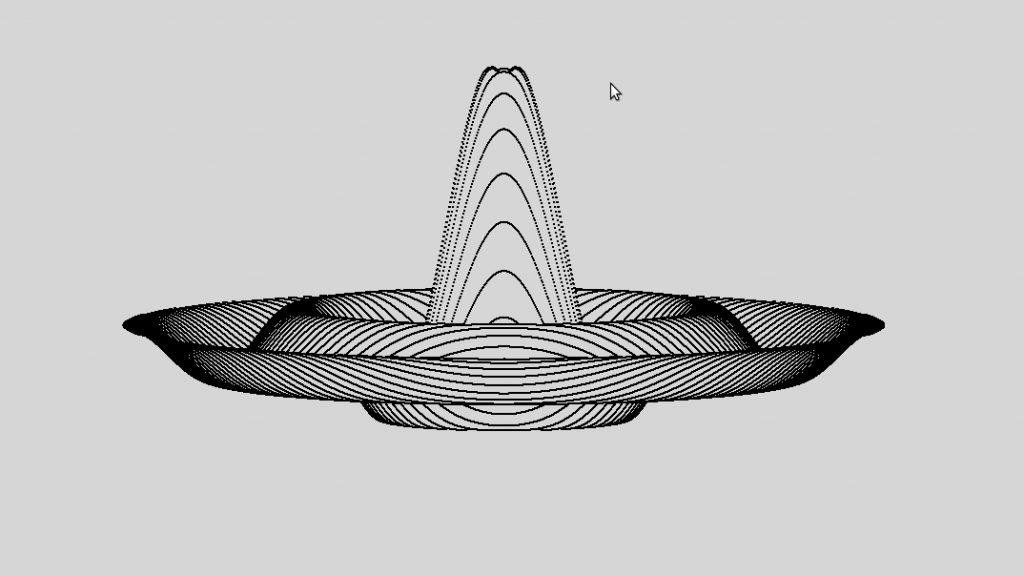Most programming languages offer the facility for making large, compound data structures. For example C, Pascal, Perl and Python. A few simple data types are provided, out of which larger structures can be built. A programmer can store data in a whatever way is most suitable for the application.
Often, a simple list or dictionary will be enough. Read the data in, process it, and print the results out. Perfect. But for a larger or more useful application, more data, and more kinds of data, will need to be stored and processed at the same time.
This article demonstrates the building of a complex data structure in Python. Note: it is not about classes, or object oriented programming, just the syntax for handling complex data structures, made up of lists, dictionaries and simple strings and integers. Continue reading →


